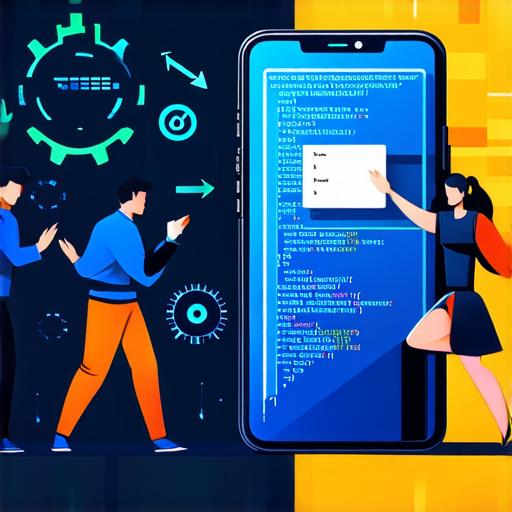Why Quality Assurance Matters in Mobile App Development
Mobile apps have become an integral part of our lives, providing a wide range of services and features that enhance user experience. However, the increasing complexity and diversity of mobile devices, operating systems, and platforms make it challenging to develop high-quality apps that work seamlessly across all devices and environments. Moreover, mobile apps are often used by users with varying levels of digital literacy, making them more vulnerable to bugs, glitches, and security threats.
The following are some reasons why quality assurance matters in mobile app development:
- User Experience: A well-designed and well-tested mobile app provides a seamless user experience, enhancing user satisfaction and loyalty. Users are more likely to continue using an app that is easy to navigate, responsive, and free from errors and crashes.
- Productivity: Quality assurance helps to identify and fix bugs and performance issues early on in the development process, reducing the time and cost of fixing them later. This ensures that the app is ready for launch when expected, enabling developers to meet project deadlines and budgets.
- Security: Mobile apps are often used to store sensitive information such as credit card details, personal data, and business secrets. Ensuring the security of these apps is critical to protecting user privacy and preventing data breaches and cyber attacks.
- Reputation: A poorly quality-assured mobile app can damage a company’s reputation, leading to negative reviews, loss of customers, and financial losses. On the other hand, a well-quality-assured app can enhance a company’s reputation, leading to increased brand awareness, customer loyalty, and revenue growth.
Best Practices for Quality Assurance in Mobile App Development
To ensure quality assurance in mobile app development, developers should follow these best practices:
- Define the Testing Plan: A comprehensive testing plan is essential for ensuring that all aspects of the app’s functionality, usability, performance, and security are tested rigorously. The testing plan should include test cases, scenarios, and expected outcomes for each test.
- Automated Testing: Automated testing tools can help to speed up the testing process by running tests quickly and consistently. Automated testing can also detect bugs and issues that may be missed by manual testers, reducing the time and cost of fixing them.
- Continuous Integration and Deployment: Continuous integration and deployment (CI/CD) tools automate the build, test, and deploy process, enabling developers to catch and fix bugs early on in the development cycle. This ensures that the app is always ready for launch when expected.
- User Testing: User testing involves testing the app with real users, enabling developers to identify usability issues, performance problems, and security threats that may not be detected by automated or manual testing.
- Security Testing: Security testing involves testing the app’s security features, including authentication, encryption, and data protection. This ensures that the app is secure and protected against cyber attacks and data breaches.
- Documentation: Proper documentation of the testing process and results is essential for ensuring that the app meets the specified requirements and user expectations. Documentation can also help to identify areas for improvement and guide future updates and maintenance.

Case Studies and Personal Experiences
One example of the importance of quality assurance in mobile app development is the case of the Uber app. In 2014, a security flaw was discovered in the Uber app that allowed hackers to access user data, including credit card details, names, and email addresses. The breach affected millions of users worldwide and resulted in significant financial losses for the company.
Another example is the case of the Instagram app, which experienced multiple bugs and glitches in 2018, causing frustration and dissatisfaction among users.



